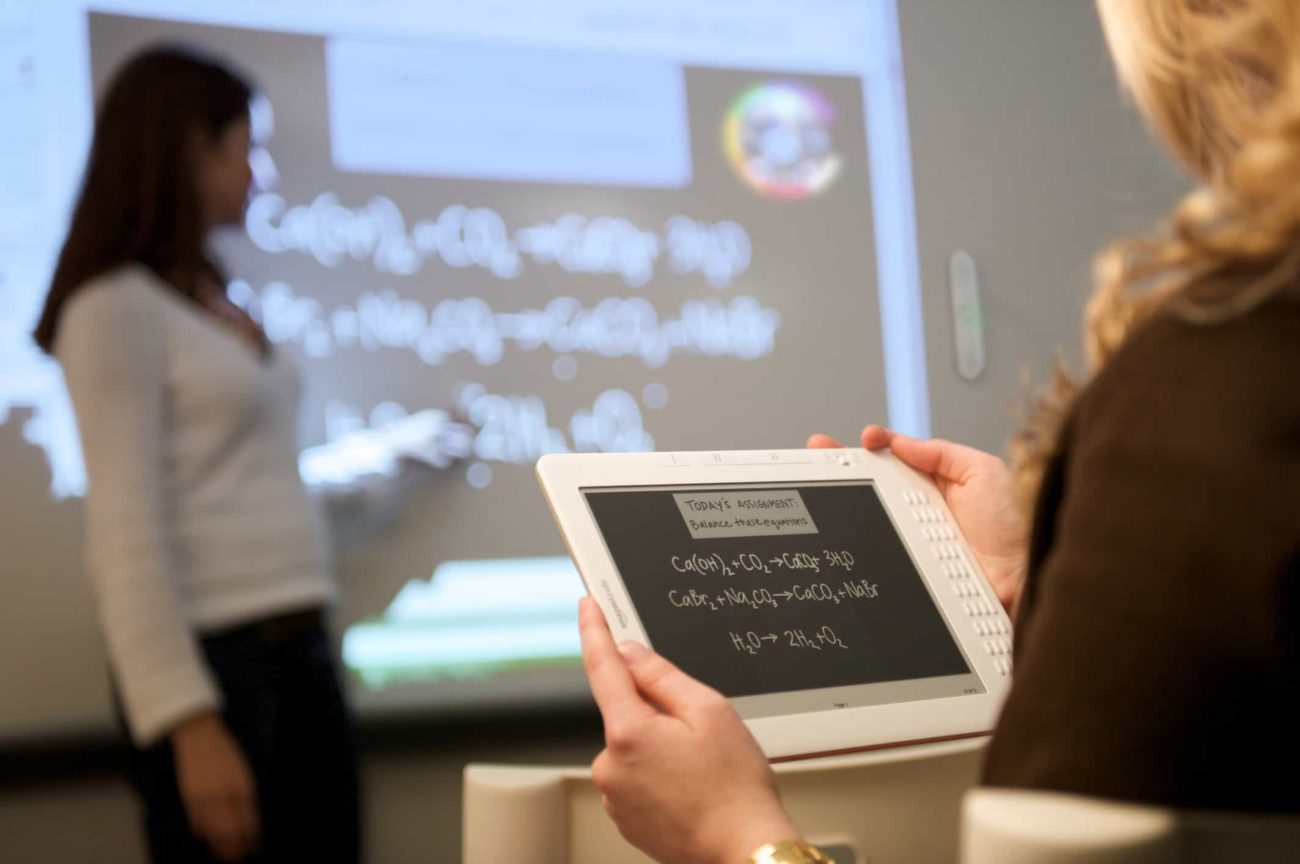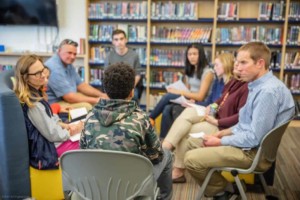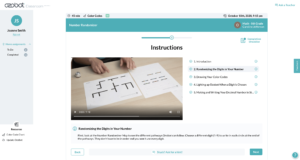10 Tips for Kindle in the Classroom

By Brian Friedlander
I have been using a Kindle eReader for some time now and really enjoy the convenience and ease of use of these dedicated devices. When I travel to schools, I see more and more schools pilot eReaders in the classroom, especially for students who struggle or who are unmotivated to read. For many students who struggle in reading many are now more inspired to read books on an eReader device as compared to a traditional book. Here are 10 tips for using Kindles in the classroom that I know you will find helpful.
- Give each Kindle a unique name or barcode so that you can catalog and identify it.
- Have students practice using the dictionary feature to look up words.
- Have students learn how to highlight important parts of the book that they can extract or share with others.
- Have students learn how to use the note taking feature as they are reading.
- Have students learn how to access the Clippings file to export their notes and highlights to a word processor.
- Get students motivated to read by giving them access to the Amazon Bookstore where they can find a book on topics that interest them and then download a Sample chapter to their device.
- Have students turn on the text to speech feature and have the Kindle read the book to them.
- Let students change the size of the font and spacing of text to make the reading environment more consistent with their personal preference.
- Download music (mp3 files) on to a Kindle so that students can listen to the music while they are reading.
- Did you know that the Kindle (certain models) also supports audio books that can be downloaded from Audible.com?
- One for good luck: Did you know that you can send PDF’s and Word files to your Kindle via email to each of the devices so that students can be read on the device- think about going paperless!
As you can see there are lots of ways to use Kindles in the classroom that bring a whole new way of thinking about reading. The Kindle is lightweight yet powerful device that can store thousands of books and give students the tools they need to make reading more enjoyable and motivating. I have barely scratched the tip of the iceberg about how to use eReaders in the classroom but if you are looking for more ideas or workshops on how to use eReaders in the classroom please feel free to contact me.







Liz
What about checking out books from the public library? Our library now allows this and it's great!
Stephen
Good tips. Are you talking about Kindles being used to replace textbooks for daily lessons (i.e., would a Kindle be a suitable replacement for a history or chemistry textbook) or if they are supplements with more tradition reading materials (i.e., is the Kindle being used as a replacement for novels, short stories, non-fiction works, etc. that would supplement the curriculum's textbook)?
Mark Isero
Thank you for these ideas. I use Kindles in my classroom, and #7 is my students' favorite. It's pretty amazing what text-to-speech can do, especially when combined with a larger font size. These two things greatly increase my students' reading stamina.
David
Hello Brian,
I am a Special Ed., high school English teacher, interested in securing grants or funding to purchase Kindle Fire HD's for my students who struggle with reading and writing skills.
I am currently piloting a reading development program called "Reading 3D," which is a scripted curriculum adopted by LAUSD, and would like to motivate my resource students into reading more by utilizing the Kindles.
Please forward me any information on possible funding sources, and more tips on teaching with Kindles in the class room.
Thank you for your attention to this matter.
Regards,
David Caesar, RST
San Fernando High School